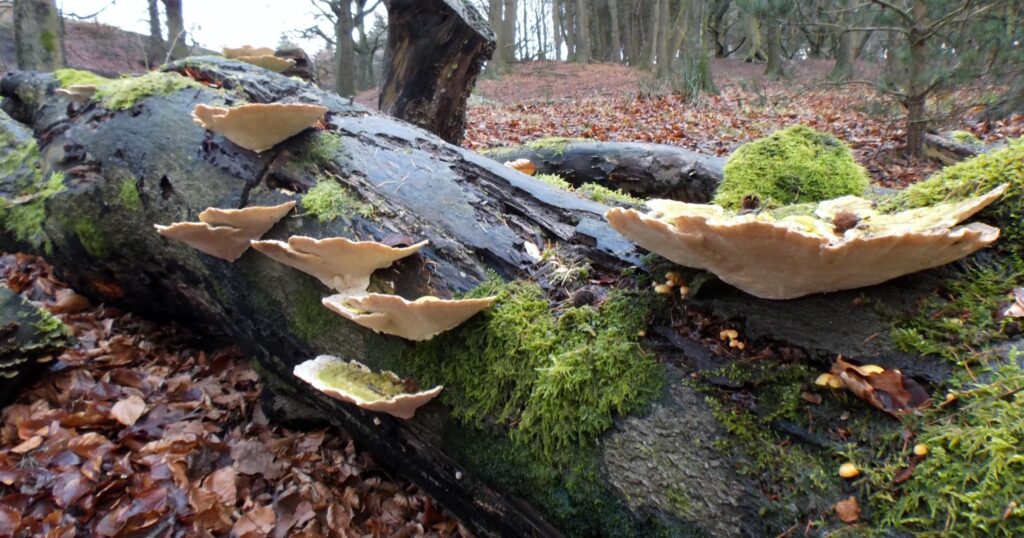Whether a sea turtle embryo in its beach-sand nest develops into a female or male depends mainly on incubation temperature rather than genetic makeup. More females are produced at warmer and more males at colder temperatures. Naturally, air and therefore sand temperature fluctuates over time and so the hatchling sex ratio naturally fluctuates between years. But direct and indirect human action may consistently change hatchling sex ratios into one direction. For example, clutches are sometimes transferred to a hatchery as a conservation tool, but sand temperatures at the hatchery location may be different from temperature at the site chosen by the mother turtle. Different protection of cold (producing more male hatchlings) and warm (producing more female hatchlings) parts of nesting beaches can also lead to systematic changes of hatchling sex ratio. Finally, human induced climate change may feminize hatchling sea ratios. Monitoring the proportion of male and female hatchlings over time and space and understanding the inherent variation may therefore be essential for effective conservation of sea turtle populations. Knowledge on hatchling sex ratios provides the baseline to detect changes and if appropriate install corrective measures. This study investigated hatchling sex ratio at the largest known rookery of the loggerhead sea turtle (Caretta caretta) in the Mediterranean (on the Greek island of Zayknthos, see figure). Our first aim was to estimate the current loggerhead hatchling sex ratio of Zakynthos. Secondly, we aimed at investigating spatial variation among the six individual beaches making up this rookery (see figure). Since the sex of hatchling sea turtles cannot be assessed from external morphology, we used the information on incubation duration.
Incubation duration is a valid proxy to estimate hatchling sex ratio because it is strongly determined by incubation temperature which in termsdetermines whether a sea turtle embryo develops into male or female. We collected information on clutch incubation duration from a representative sample of clutches of each of the six beaches during two seasons. The conversion from this data to hatchling sex ratio was based on the results of a published study relating hatchling sex to incubation duration by scarifying artificially incubated eggs. The estimated hatchling sex ratio on Zakynthos was female-biased in both years (68 and 75% females estimated). This deviation from a balanced hatchling sex ratio is not surprising given that a female-skewed hatchling sex ratio was found in most sea turtle populations so far studied.
We found significant differences in clutch incubation durations among the six nesting beaches of Zakynthos. These differences are estimated to result in significant differences in hatchling sex ratio. Two beaches apparently produce a high proportion of males (less than 30% female hatchlings even under conservative scenarios) with the other 4 beaches producing a female-biased hatchling sex ratio (above 65% females even under conservative scenarios). The differences among beaches in the proportion of male and female hatchlings produced are important for conservation because so far the individual beaches have not been equally well protected. Namely, the beach with the highest protection afforded seems to produce mainly female hatchlings and the beaches that apparently produce a high proportion of male hatchlings suffer particularly badly from tourism development (the main threat to nesting habitat in the Mediterranean). Our results provide additional arguments to afford these colder beaches better protection so as to minimise systematic changes in hatchling sex ratio.
This work was funded primarily by the MAVA Foundation for the Protection of Nature.
Originally published as:
Zbinden, J.A., C. Davy, D.Margaritoulis, and R. Arlettaz. 2007. Large spatial variation and female bias in the estimated sex ratio of loggerhead sea turtle hatchlings of a Mediterranean rookery. Endangered Species Research 3: 305–312.





